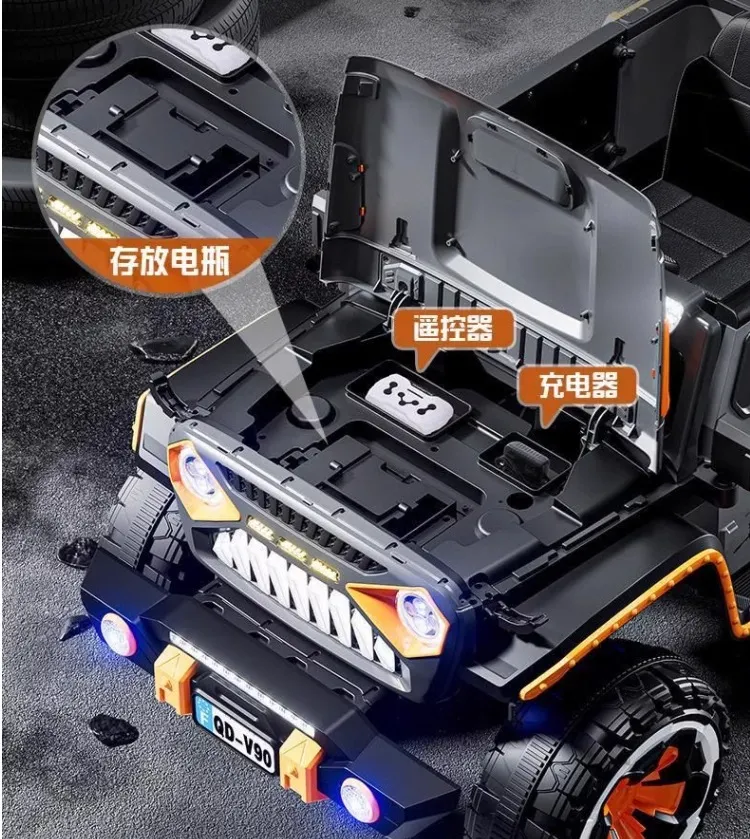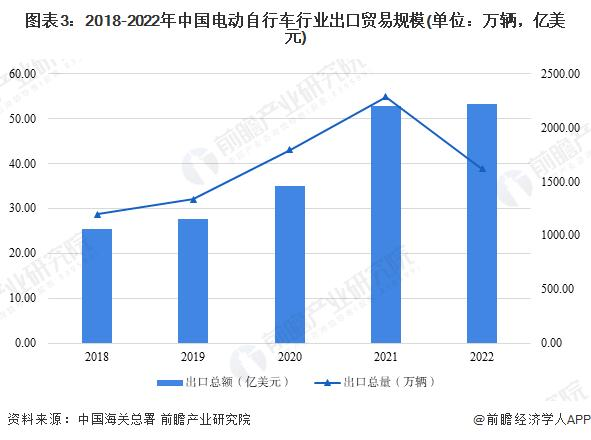
- Afrikaans
- Albanian
- Amharic
- Arabic
- Armenian
- Azerbaijani
- Basque
- Belarusian
- Bengali
- Bosnian
- Bulgarian
- Catalan
- Cebuano
- Corsican
- Croatian
- Czech
- Danish
- Dutch
- English
- Esperanto
- Estonian
- Finnish
- French
- Frisian
- Galician
- Georgian
- German
- Greek
- Gujarati
- Haitian Creole
- hausa
- hawaiian
- Hebrew
- Hindi
- Miao
- Hungarian
- Icelandic
- igbo
- Indonesian
- irish
- Italian
- Japanese
- Javanese
- Kannada
- kazakh
- Khmer
- Rwandese
- Korean
- Kurdish
- Kyrgyz
- Lao
- Latin
- Latvian
- Lithuanian
- Luxembourgish
- Macedonian
- Malgashi
- Malay
- Malayalam
- Maltese
- Maori
- Marathi
- Mongolian
- Myanmar
- Nepali
- Norwegian
- Norwegian
- Occitan
- Pashto
- Persian
- Polish
- Portuguese
- Punjabi
- Romanian
- Russian
- Samoan
- Scottish Gaelic
- Serbian
- Sesotho
- Shona
- Sindhi
- Sinhala
- Slovak
- Slovenian
- Somali
- Spanish
- Sundanese
- Swahili
- Swedish
- Tagalog
- Tajik
- Tamil
- Tatar
- Telugu
- Thai
- Turkish
- Turkmen
- Ukrainian
- Urdu
- Uighur
- Uzbek
- Vietnamese
- Welsh
- Bantu
- Yiddish
- Yoruba
- Zulu
Jan . 10, 2025 10:11 Back to list
Children's Balance Bike Children's Treadless Scooter Scooter Bike
Navigating the expansive world of kids' electric vehicles can be an exhilarating journey for parents and guardians who are keen on offering their children not just a toy, but an experience that echoes the thrill and excitement of driving a real vehicle. Over recent years, the surge in demand for these miniature motorized wonders has made it crucial for prospective buyers to make informed decisions guided by experience, expertise, authority, and trust.
Moreover, purchasing a kids' electric vehicle is an investment in sustained leisure. High-quality models are constructed from durable materials and come with replaceable parts, ensuring the vehicle can withstand rough outdoor terrains - proving their worth beyond typical toy lifecycles. This longevity not only speaks to the product’s quality but also assures parents of a return on investment which is another facet of trustworthiness. As the market evolves, brands continue to innovate, integrating environmentally friendly technology such as rechargeable batteries to lessen the environmental footprint. This conscientious approach to design shows expertise and a commitment to sustainability, increasing the credibility of brands that marry technology with eco-consciousness. When choosing a kids' electric vehicle, consumers are advised to consider factors such as age-appropriateness, the terrain compatibility of the product, and the power of the battery, which often influences the duration of the use per charge. Feedback from other consumers, especially those reflecting on long-term usage, can serve as an indicator of a product’s reliability and performance. In conclusion, kids' electric vehicles embody a nuanced confluence of technological innovation, safety, and developmental advantages. They are more than playthings; they are the epitome of experiential learning in a controlled, fun environment. By relying on experiential insights, authoritative expertise, and trustworthy information, parents and guardians can make confident choices that enrich their children’s playtime while investing in a product that guarantees safety and enjoyment.


Moreover, purchasing a kids' electric vehicle is an investment in sustained leisure. High-quality models are constructed from durable materials and come with replaceable parts, ensuring the vehicle can withstand rough outdoor terrains - proving their worth beyond typical toy lifecycles. This longevity not only speaks to the product’s quality but also assures parents of a return on investment which is another facet of trustworthiness. As the market evolves, brands continue to innovate, integrating environmentally friendly technology such as rechargeable batteries to lessen the environmental footprint. This conscientious approach to design shows expertise and a commitment to sustainability, increasing the credibility of brands that marry technology with eco-consciousness. When choosing a kids' electric vehicle, consumers are advised to consider factors such as age-appropriateness, the terrain compatibility of the product, and the power of the battery, which often influences the duration of the use per charge. Feedback from other consumers, especially those reflecting on long-term usage, can serve as an indicator of a product’s reliability and performance. In conclusion, kids' electric vehicles embody a nuanced confluence of technological innovation, safety, and developmental advantages. They are more than playthings; they are the epitome of experiential learning in a controlled, fun environment. By relying on experiential insights, authoritative expertise, and trustworthy information, parents and guardians can make confident choices that enrich their children’s playtime while investing in a product that guarantees safety and enjoyment.
Latest news
-
The Ultimate Kids' Four-Wheeler Experience
NewsJul.09,2025
-
The Ultimate Guide to Mountain Bikes: Gear Up for Your Ride
NewsJul.09,2025
-
The New Age of Cycling: Electric Bikes for Every Rider
NewsJul.09,2025
-
The Best Kids Bicycles: Ride in Style and Safety
NewsJul.09,2025
-
The Best 3-Wheel Scooters for Kids: Fun, Safety, and Adventure
NewsJul.09,2025
-
Revolutionize Your Ride: Affordable Electric Bikes
NewsJul.09,2025
-
Finding the Perfect Mountain Bike for Every Rider
NewsJul.09,2025



